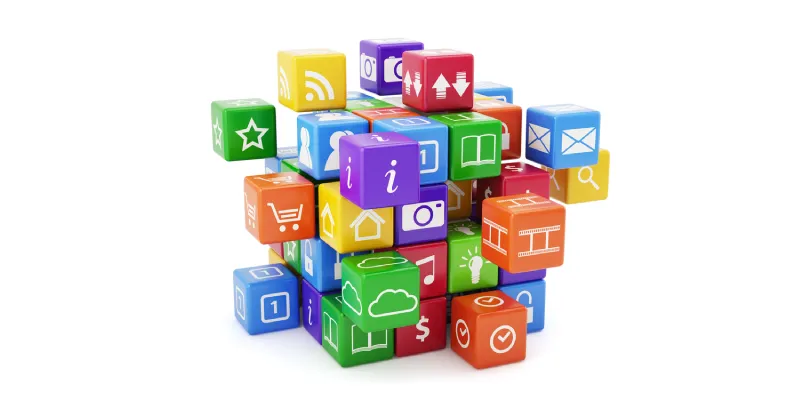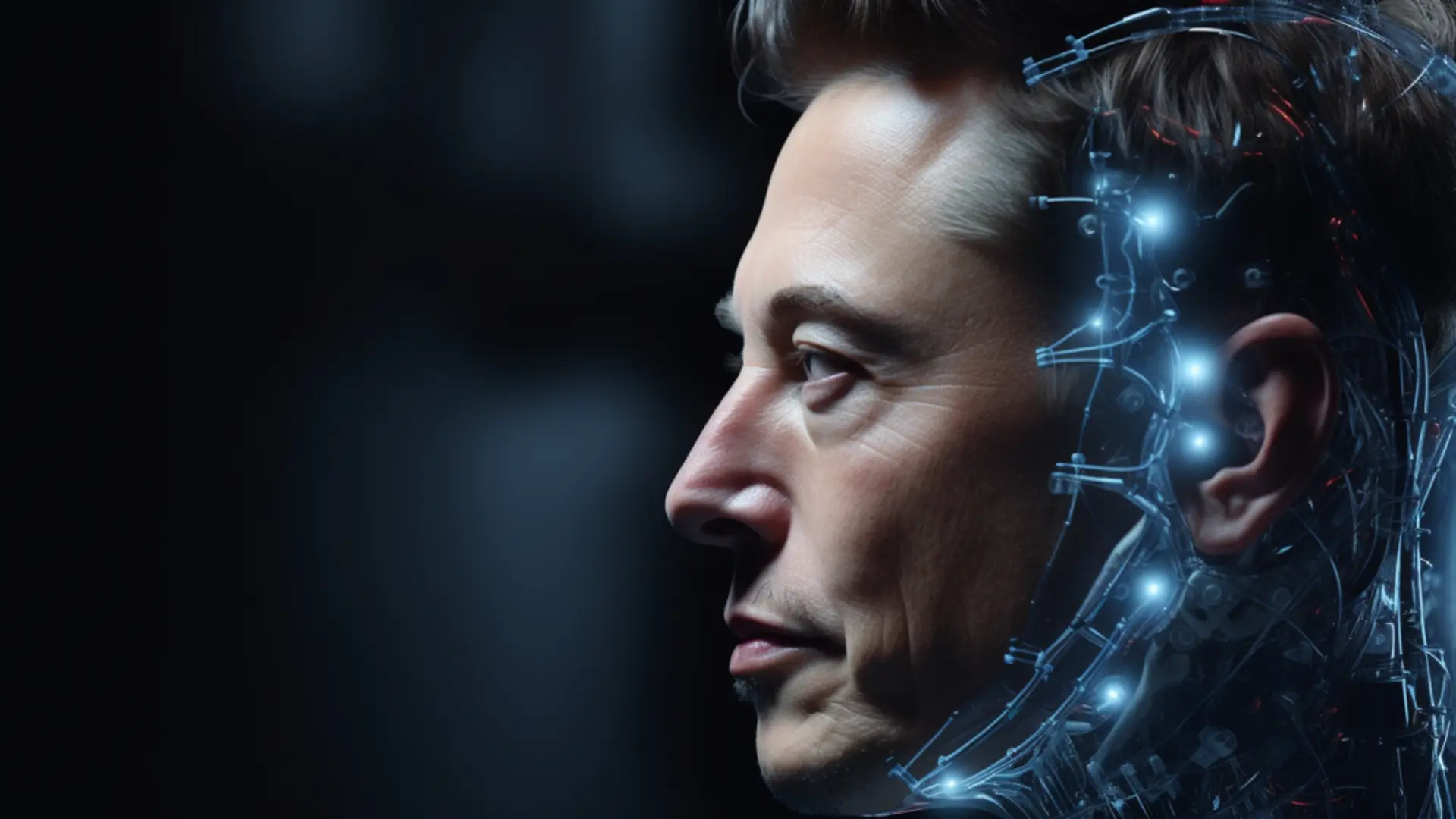That was tech and India in 2016; what will 2017 be like?
As we bid goodbye to 2016 and herald the arrival of 2017, here are some takeaways and trends (see also my reviews from earlier years here).

It is often asked ‘Does IT matter?’ The answer is yes, very much for India. A lot has happened in the year 2016 in IT. The year saw many interesting milestones getting crossed; notable among them are the Indian mobile phone customer base and Aadhar enrolment crossing the one billion mark, the TrueCaller and LinkedIn user bases in India both crossing 100 million, Flipkart’s user base crossing 100 million and Day 1 of its Billion Sales Day crossing Rs 1,400 crore in sales on October 4. Globally, Apple sold its billionth iPhone this year, WhatsApp’s user base crossed a billion and Uber rides crossed the two billion mark.
Here is a quick take on what are perhaps the 10 most important developments in IT in 2016, particularly from an Indian perspective. Happy reading!
Shift to digital
The year started with major initiatives under ‘Digital India’ in the country. It culminated in the November 8 announcement by none other than the Prime Minister himself about the demonetisation programme. Suddenly, banks started promoting USSD (Unstructured Supplementary Service Data) for feature phones, apps for smartphones, credit and debit cards, ATM usage, and POS usage. Whole new players in the form of e-wallets and Payment Banks started operations.
The UPI (Unified Payment Interface) from NPCI (National Payment Corporation of India) launched in April 2016, which makes wallets redundant and permits payment from one user’s bank account to another’s - that too without knowing all the account details, but just with the ‘virtual address’ of the receiver - is perhaps a defining moment for the country. It will unfold fully in the year 2017. The entrepreneurial energy of PayTM that caught the attention of Indians in every nook and corner of the country is yet another defining moment - PayTM is not just an app, nor even a noun, but truly, a verb, well articulated by ‘PayTM karo!’
Aadhar and more
Aadhar enrolments crossing the one billion mark in March 2016 is yet another defining moment. For Jio (Reliance telecom service), which started service in October 2016, enrolling millions of new subscribers would not have been possible without the eKYC enabled by Aadhar linking: a potential customer walks into any Jio counter, keys in his/her Aadhar number on a Jio low-cost terminal, authenticates through a biometric scan (finger print) and walks away with a SIM card - practically in less than 30 seconds! No paper work at all! Aadhar will create many more such ‘magic’ opportunities in the upcoming years.
Indian Telecom
The telecom sector continues to be exciting. The mobile subscriber population in India crossed the magical one billion mark in January 2016, up from the 46 million landline subscribers in 1995 that were created over a century. Reaching one billion in 20 years is indeed remarkable. Reliance, through their Jio service, created several world records: it acquired 50 million customers in the shortest time (83 days), and carried the highest Internet traffic (16,000 TB) in a day. Jio also announced free voice and data for the first 90 days (which was further extended by another 90 days).
TRAI (Telecom Regulatory Authority of India) released an app that the subscriber can use to independently verify the upload/download speed of a network and optionally pass on this info to TRAI to create a transparent environment to monitor network speed. The government’s ambitious scheme to auction telecom spectrum was a mixed success; while the auction happened transparently (particularly in the backdrop of the 2G spectrum scam that most Indians vividly recollect), the revenue realisation was just four percent of the target.
Startup scene
The government announced the Startup Policy in January with the establishment of a Rs 10,000 crore fund. The year saw many interesting developments. For the first time, Apple acquired a company in India - Hyderabad-based AI firm TupleJump. Companies started by first generation Indian immigrants got acquired for large sums by global leaders: Intel acquired Nervana for $400 million and SoftMachines for $300 million; IBM acquired Sanovi.
Flipkart reached 100 million users. The Chan Zuckerberg Initiative, Facebook founder Mark Zuckerberg and his wife’s foundation, invested in tutoring startup Byjus. PayTM, Freecharge and other e-wallet companies made it big. It was truly a startup year!
India rising
TCS was rated as the ‘Most powerful brand’ in IT services globally in January 2016 by Brand Finance. Wipro taking the bold step of acquiring Appirio for $500 million demonstrates that Indian IT companies have arrived on the global scene, both in scope and in scale. Tally having more than one million paid customers is proof that Indian software products are real and that Indian retail users are ready to pay for software products. Freshdesk and Zoho are truly software products/services ‘Made in India’ for global customers.
Bharat rising
Often, one gets the feeling that the Indian IT revolution is limited to metros, or more specifically, Bengaluru, Hyderabad, Chennai and NCR. But Tier II and Tier III cities are also entering the game - Quess Corp, which saw a phenomenal IPO this year, operates out of many Tier II cities, including Hubli in Karnataka. Zoho, a world leader in the CRM space for the SME sector, is made completely in Tirunelveli, a Tier III city in Tamil Nadu.

Indian government starts to consume IT
Some key processes like passport applications, MCA 21 and income tax applications have been stellar successes over the years, but the speed at which GSTN (GST Network) is being built, that too on new architectures, and the government’s internal e-com platform GEM (Government e-Marketplace), which is available for all Central/State Governments/Public Sector companies demonstrates the fact that the government is going beyond playing an enabling role (policy, infra, tax benefits) to directly benefiting through IT in a large scale.
India’s e-commerce story becomes more exciting
The e-commerce story that started with Flipkart, Snapdeal and Infibeam continues to grow. Flipkart’s user base crossed 100 million in June 2016. Global leader Amazon is growing rapidly in India. LeEco sold 70,000 phones in two seconds over Flipkart on February 3. Amazon invested in new fulfillment centres in Coimbatore, Chennai, Delhi, Jaipur and Mumbai this past year.
Investment
India continues to get significant investment from global IT majors; Amazon and Apple announced the setting up of their development centres in India this year. Uber and Qualcomm took up 200,000 square feet and 50,000 square feet in office space respectively in 2016 in Bengaluru for their development centres. Huawei, Xiaomi and LeEco started manufacturing their mobile phones in India. Wal-Mart Labs started their India operations. The CEOs of Apple, IBM, Google, Oracle, LinkedIn and Uber visited India in 2016.
Mobile-first
Mobile phones continue to evolve; Apple announced the iPhone 7 and iPhone 7Plus in September; Google announced its Pixel phone at practically the same time and with features more similar to an iPhone than an Android phone, forcing many analysts to talk of the Pixel phone as Google's iPhone! In fact, with Huawei, LG, Xiaomi and Asus announcing phones in a similar price range ($ 600), the year 2016 may well turn out to be the year of high-end phones!
Unfortunately, Blackberry formally announced the stoppage of phones powered by its own O/S, though it will continue its Android phones. Nokia is said to be entering the market with its Android phones in the January 2017 CES (Consumer Electronics Show)! Samsung had its ‘cup of woes’ in 2016 due to multiple ‘explosions’ of its iconic Galaxy Note 7 phone handsets, leading to its market value going down by billions of dollars in just days!
Apple and Google continue to dominate the IT scene. In 2016, Google became the ‘most valued’ company (in terms of market capitalisation), taking the mantle from Apple. Both the companies’ products, particularly the Apple iPhone and Google Pixel, are doing extremely well in India. Apple has its iPhone sales down everywhere, except in India.
Apple announced its plans for an Indian development centre during Apple CEO Tim Cook’s visit. The company also made an application for starting Apple Stores in India and talked of the local manufacturing of iPhones (though all such issues are only doing the rounds in ‘Delhi’s Bhawans’ and are nowhere close to reality). With Google CEO Sundar Pichai personally championing free Wi-Fi at 400 railway stations (about 100 stations already have this facility in place) by the end of 2017, Google is clearly visible in the Indian scene.
On the global tech front, structuring and mergers were major trends this year. Global high-impact mergers and acquisitions among IT companies include Microsoft acquiring LinkedIn for $26 billion, financial entity SoftBank acquiring ARM, the global leader in semiconductors, for $31 billion, and Verizon buying Yahoo for $4.8 billion (in the backdrop of Yahoo turning down an offer of more than $ 44.6 billion by Microsoft in 2008!).
Is aggregation better than decentralisation? HP has been an iconic company; over the past 77 years, it is credited with spurring the creation of Silicon Valley and its culture. The contributions of its founders Bill Hewlett and Dave Packard are legendary, and many other iconic companies were started by former HP employees. Since the late 1990s, with its acquisition of Compaq (which in turn acquired another iconic company, DEC), HP became the largest IT company in the world, surpassing IBM in the past decade.
In the recent past, however, HP has been following a strategy of downsizing - splitting the company into HPE focusing on high-end servers, storage, network and services, and HP Inc, focusing on PCs and printers, in the year 2015. This year, HPE further split, with its software division merging with Micro Focus and its services division merging with CSC. Only time will tell as to what this impact will be. Interesting times indeed!
As the year 2016 comes to a close, the constant worry for the Indian IT industry (and in turn academia, government and civil society) is the strategy that the incoming US President Donald Trump, who takes charge on January 20, 2017 (after his historic win on November 9, 2016), will follow. It is particularly worrisome as he keeps talking of ‘American jobs in America’. Being a businessperson, with even personal investments in India, he is unlikely to hurt business sentiments too much.
The next year may well turn out to be a watershed year for India. Happy holidays!
Professor Sowmyanarayanan Sadagopan is the Director of IIIT-Bangalore. These are his personal views. He can be reached [email protected]







